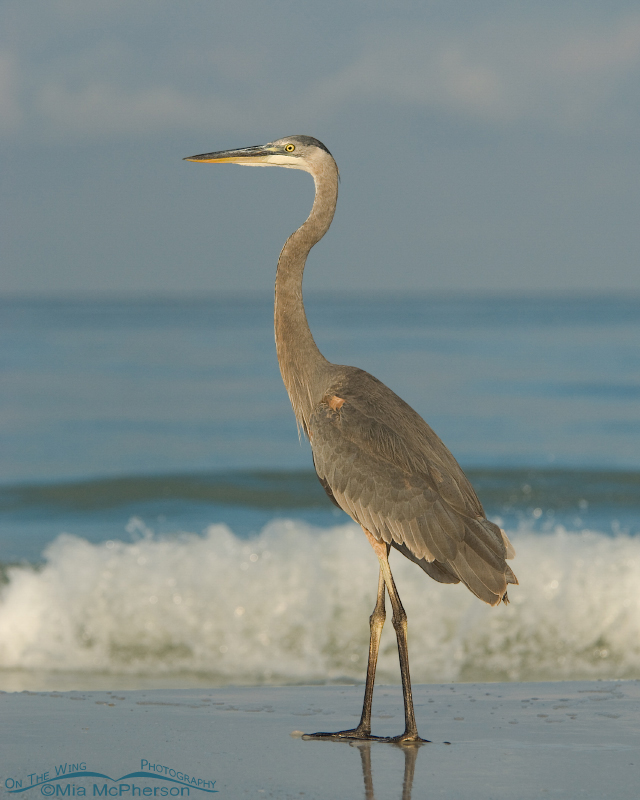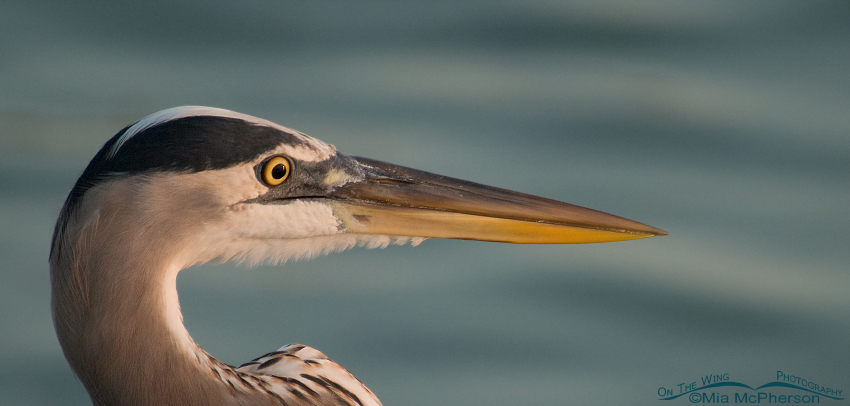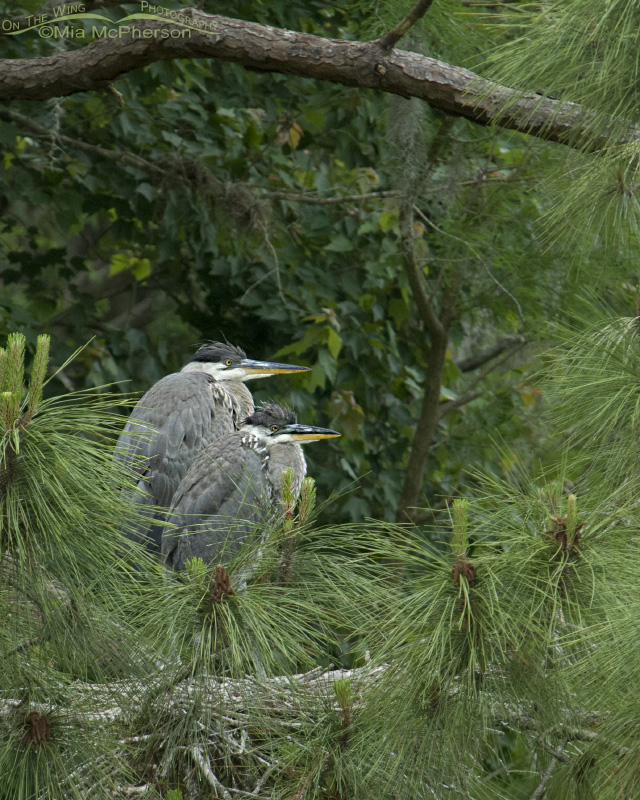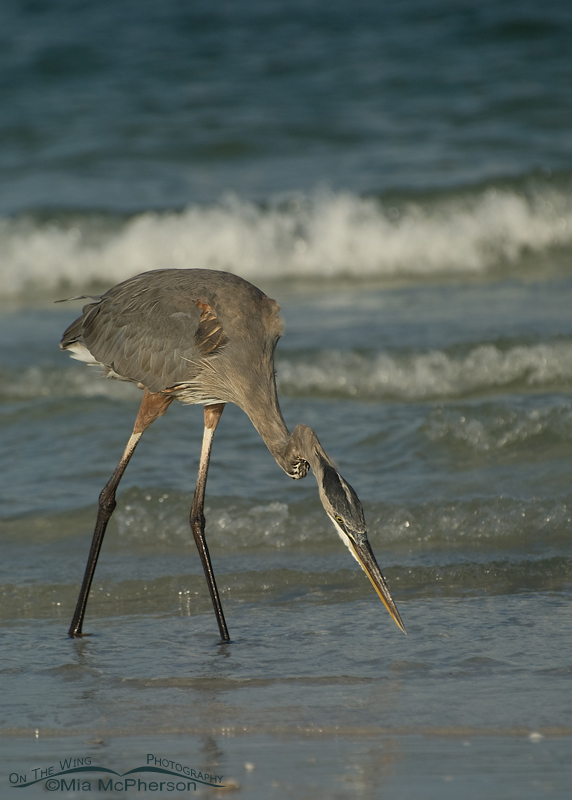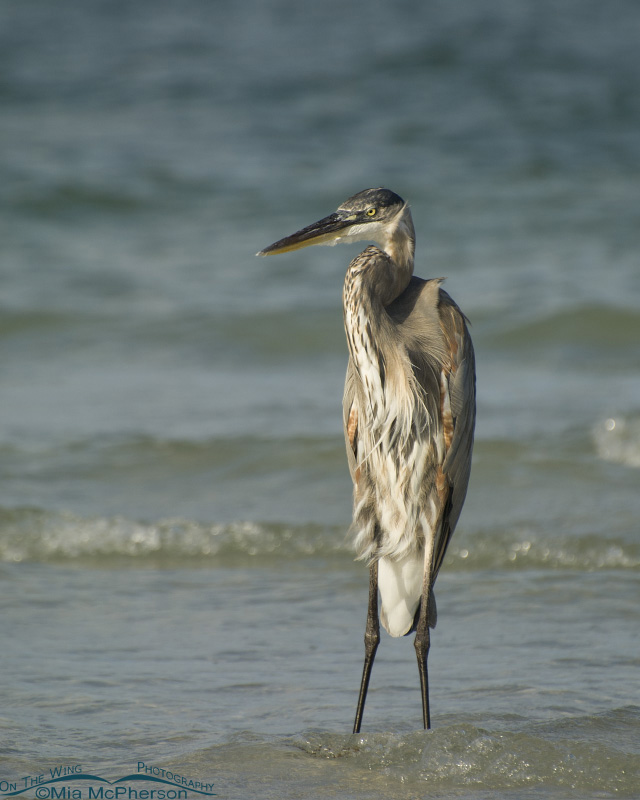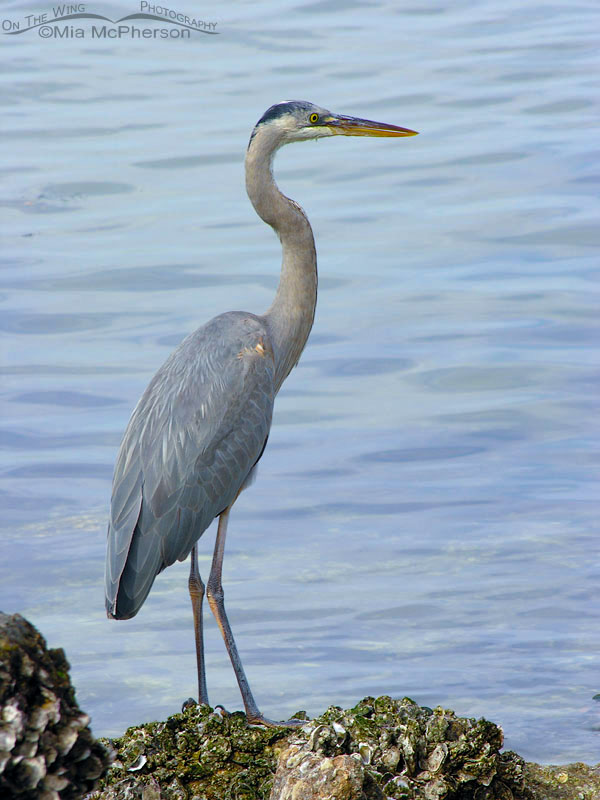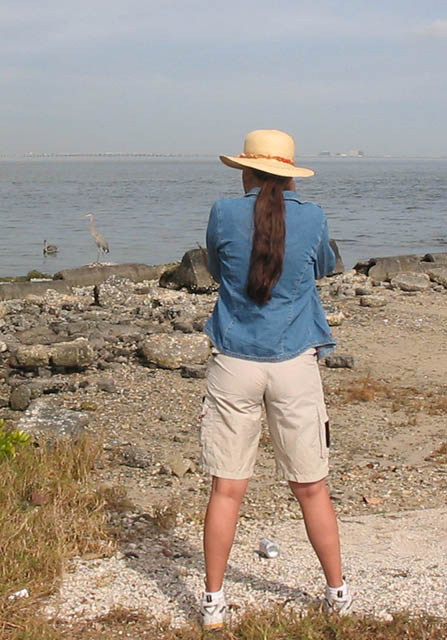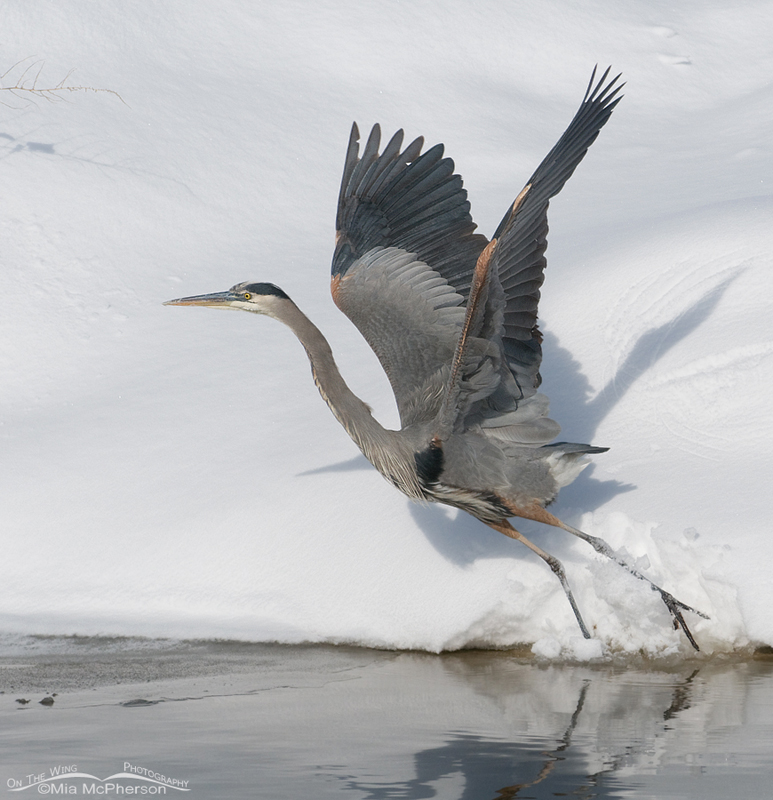
Great Blue Heron Images and Information:
Ardea herodias
- Great Blue Herons are blue-gray with dark crowns and head plumes, long legs, necks and bills and the head, neck and wings give it a shaggy appearance.
- Great Blue Herons are our largest and heaviest heron species in North America.
- Great Blue Herons in the northern part of their range are migratory.
- Great Blue Herons can be found in freshwater and saltwater habitats including marshes, coasts, sloughs, lakes, ponds, riverbanks, swamps, meadows, agricultural fields and grasslands.
- The diet of Great Blue Herons include fish, reptiles, amphibians, insects, crustaceans, other birds and small mammals.
- Great Blue Herons lay 2 to 6 eggs which hatch in 27 to 30 days. Both sexes incubate, they are monogamous and are colonial nesters.
- A group of herons can be called a “hedge”, “scattering”, “battery” and “rookery” of herons.
- The oldest known Great Blue Heron was 24 years old.
I hope that you enjoy viewing my Great Blue Heron photos.
Long & Lean Great Blue Heron
Title: Long & Lean Great Blue Heron
Location: Fort De Soto County Park, Pinellas County, Florida
Date: 10/10/2008
Great Blue Heron portrait at sunrise
Title: Great Blue Heron portrait at sunrise
Location: Fort De Soto County Park, Pinellas County, Florida
Date: 10/2/2008
Pair of immature Great Blue Herons in a nest
Title: Pair of immature Great Blue Herons in a nest
Location: John Chesnut Sr. Park, Pinellas County, Florida
Date: 4/13/2008
Great Blue Heron striking at prey
Title: Great Blue Heron striking at prey
Location: Fort De Soto County Park, Pinellas County, Florida
Date: 8/5/2007
Grumpy looking Great Blue Heron
Title: Grumpy looking Great Blue Heron
Location: Fort De Soto County Park, Pinellas County, Florida
Date: 8/5/2007
Great Blue Heron at Gandy Beach
Title: Great Blue Heron at Gandy Beach
Location: Gandy Beach, Pinellas County, Florida
Date: 12/31/2004
Me photographing a Great Blue Heron at Gandy Beach in 2004
Title: Me photographing a Great Blue Heron at Gandy Beach in 2004
Location: Gandy Beach, Pinellas County, Florida
Date: 12/31/2004


